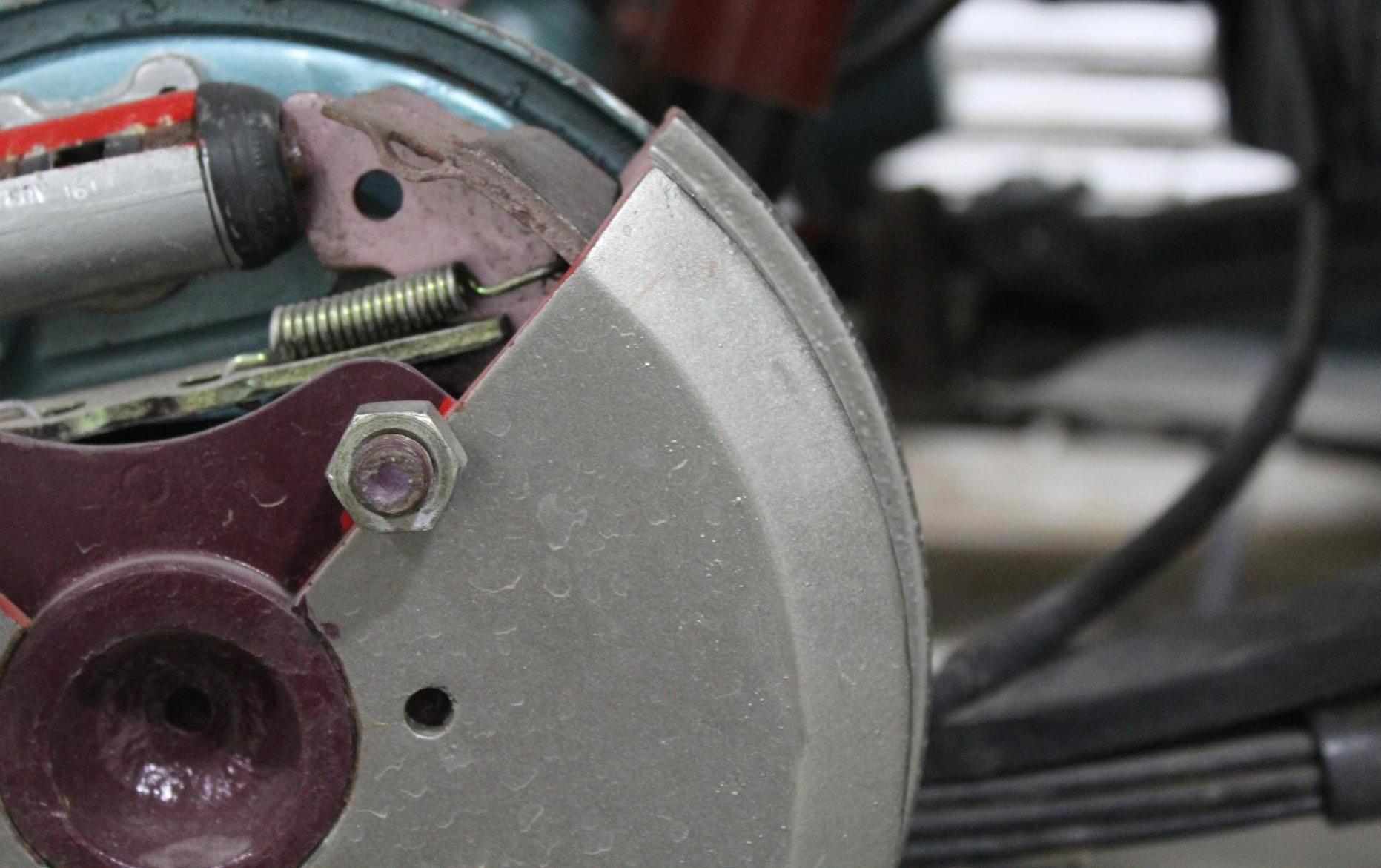
13 minute read
When Mr.Vehicle Saves the Day (and Night
from Immerse 2018
by Akhil Sathuluri
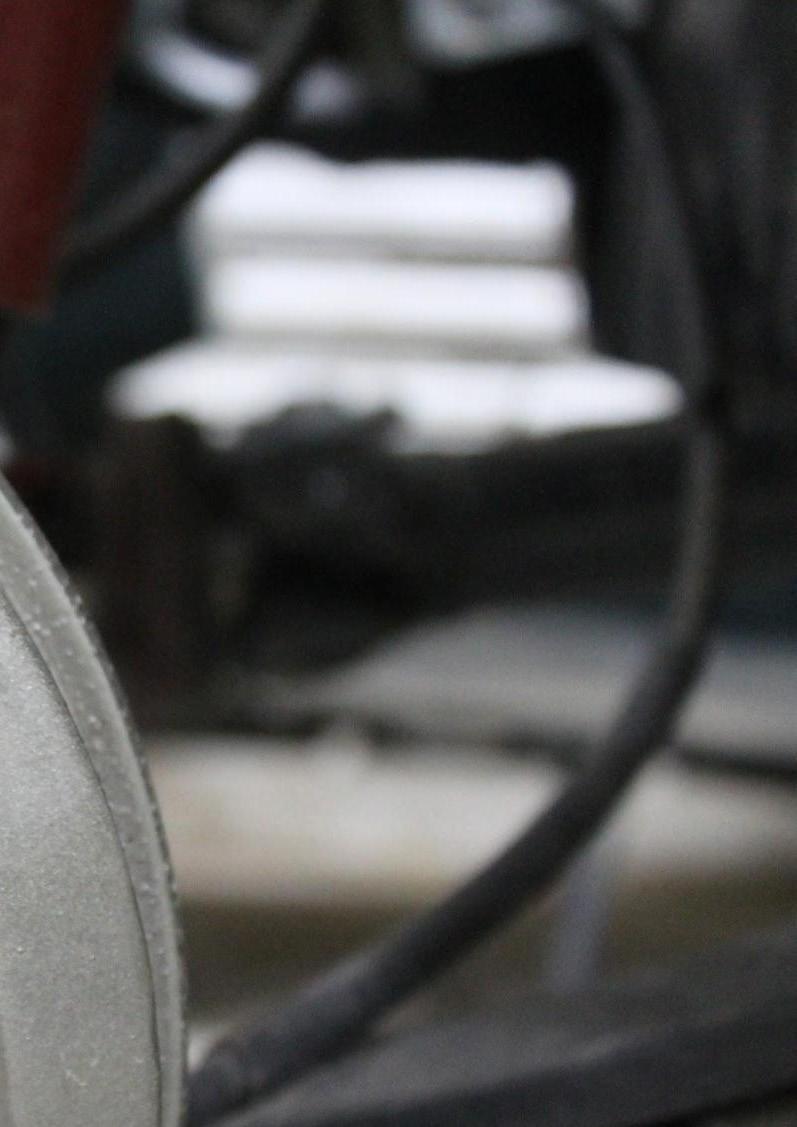
Advertisement
Driving can be fun, but for most of us, it is an indispensable activity in our day to day lives. We travel from place to place to get things done and meet new people. Driving in India is a unique experience owing to the variety in traffic composition and volume. But, from the perspective of daily drivers of buses, trucks, lorries and tractors, this can make driving a nightmare. Driving, in this case, is a responsibility which demands a lot of caution and safety, for there are expectations involved. Given this, Prof. Shankar Ram and his research scholars are all set to answer how the freedom and fun of driving can be restored. They are excited to be developing systems that enable the vehicle to make its own decisions when the driver cannot, especially when there is an emergency. When devised right, they just work when needed, like magic!
The Indian Scenario
Indian traffic is heterogeneous. There are vehicles from across the spectrum including two-wheelers, bikes, cars, tempo travellers, lorries, light commercial vehicles and auto rickshaws, to name a few, all constituting it. Diving into some statistics reflects a few important facts. Nearly 5-6% of the heavy vehicle population in India (which includes buses, trucks, and tractors) account for close to 30% of the road accident fatalities. This large number can be attributed to the high fatality rate that is associated with an accident involving a heavy vehicle. The next issue is that, in order to save time, for last-minute convenience or due to berth shortages in other modes of travel such as trains, a significant number of people prefer overnight travel by buses. Night travel is always risky and we would need advanced control systems to augment the safety of the passengers. On the other hand, most often, simple passive measures by the drivers can avert fatal accidents. Consider the act of switching on of hazard lights while changing a flat tyre of your car; this would not be of much concern in broad daylight, but for a bus coming at 100 km/h at night, this would mean life or death as the driver would not have much time to react only once he/she sees the car. Maintenance is something that can be easily taken care of, despite that we see accidents due to ill-maintained vehicles. So, designing of good vehicles is only part of the solution, and the vehicles have to be maintained properly. For example, according to the Indian automotive laws, there are very strict standards with regard to automotive braking that are well followed by vehicle manufacturers. Frequent maintenance inspections are necessary to prevent any major problem during a vehicle’s operational time. But a fleet operator who runs several hundreds of trucks daily might not pay much attention to this. Hence, enforcement inspections by traffic police should also happen from time to time. Despite strict and unique Indian laws like a mandatory Anti-lock Braking System (ABS), which prevents uncontrolled skidding of the wheels during braking, for all heavy road vehicles, we see a lot of fatalities every year. All of these are a few operational issues in India. For example, Figure 1 shows the result of a Hardware-in-Loop (HiL) simulation of a vehicle with well-maintained brakes and a vehicle with defective brakes. One can observe the change in orientation with a defective brake.
The problem can, therefore, be broken into two: better vehicle design, where the vehicles are upgraded to higher safety standards and pack “smart” systems to assist the driver, and better driving atmosphere, which involves improvement of the factors that influence driving. However, the latter is a bigger challenge which lies in the hands of the public and policymakers. The heterogeneous traffic of India means that the same safety strategy cannot be applicable in all scenarios. This is strikingly in contrast with the western world, which has a fairly homogenous traffic. As a result of the heterogeneity, we are usually surrounded by various kinds of vehicles during our travel. In such an environment, it is important to note that different vehicles have different braking characteristics and different response times to stop during an emergency. This means each class of vehicle has a varying time to accelerate to a required speed or decelerate to a halt. This makes the problem much more challenging.
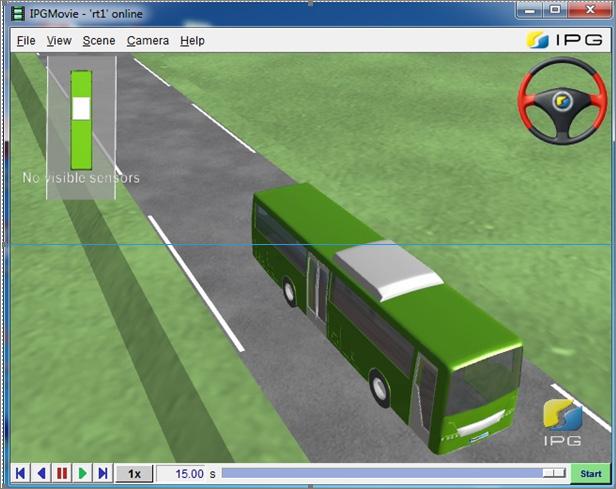
Fig. 1: Behaviour of a vehicle with well-maintained brakes (Left) opposed to a vehicle with defective brake system (Right)
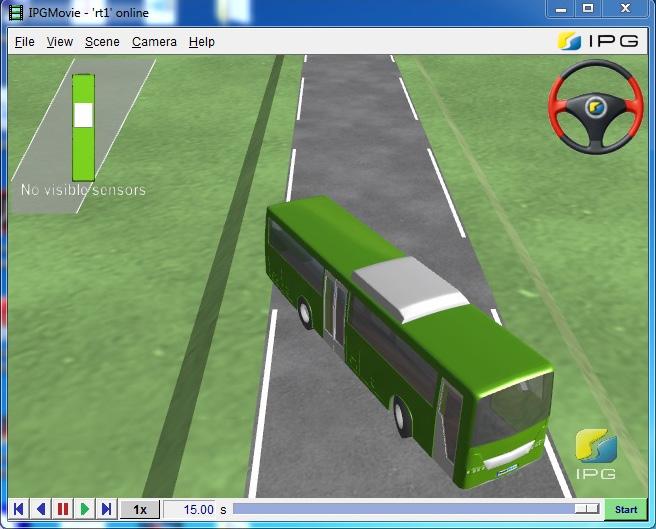
Thus, the research group from the Automotive Control Laboratory at the Department of Engineering Design has been working on solutions for these problems keeping in mind the ground reality in India. They develop systems that assist drivers to take better decisions. Their aim is to design a comprehensive system that is capable of diagnosing critical braking parameters and monitoring of the braking components while at the same time, being retrofittable and affordable. This makes it easy for the users to add them to the dashboard without having to buy a whole new vehicle! It should be capable of cautioning not only the driver but also the owner and concerned authority who can be connected in the loop at a time of need. This connected driving system can be used to communicate the necessary corrective action to the driver. The safety of the vehicle can also be monitored via a smartphone or any such connected device. This temporal data and record of information can be shared and analysed for meaningful insights which may help the owner to predict vehicle maintenance dates and component replacements.
Designing the System
Heavy vehicles differ drastically from passenger cars with respect to weight, load carrying capacity and speed limits. Consider a scenario where a load is carried by a 12 tonne truck in its fully laden state. As the load is dropped off at its destination, there will be a huge change in the mass of the vehicle (up to 4 tonne). The engine and brakes of a heavy vehicle are designed to deliver the required performance under fully laden conditions. So, in the unladen condition, such specifications would be an overkill and may lead to instabilities in a maneuver. In contrast to a heavy vehicle, a passenger car has lower changes in its mass. Also, a heavy vehicle has its center of mass at a considerably higher position compared with a passenger car, leading to coupled problems in vehicle dynamics. While analyzing a passenger car, one may consider effects of longitudinal, lateral and the vertical motions separately, but one might fall in trouble if the same thing is assumed for a heavy vehicle. From the scientific point of view, these problems become challenging. George Westinghouse invented air brake systems in the early 1880s. Since then, they have been used widely in heavy road vehicles. The response times of air brakes are much higher than the response times of conventional hydraulic brakes used in passenger cars. The response time is an important parameter that affects the vehicle stopping distance and influences the time available for corrective action during an impending collision. Though there has been a significant improvement in the technology as such, the fundamental working methodology has remained the same.
The professor and his group have developed a collision avoidance system. As the name suggests, this warns the driver if the vehicle is in danger of an impending collision. For a driver who drives long distances, physical and cognitive fatigue are important issues to be addressed. Drowsiness affects the concentration of the driver and this may lead to collisions. Vehicles having a collision warning/avoidance system alert the driver under such conditions and can also take over the control of the vehicle if any responsive corrective action is not taken. “Adaptation and acceptance are the key challenges of such a technology”, Dr. Shankar Ram says. The assistance by these systems should not be too intrusive and at the same time, should be catering to the specific user set. Despite having all the advanced sensors, actuators and controllers in the vehicle, the important thing is that the driver should feel comfortable with them because he/she is the one who is going to interact with this technology on a day to day basis. An unnecessary intervention may perturb the driver, making him/her disable the entire system, defeating its purpose.
The research group is working on developing dynamic system controllers and are tuning them for different scenarios, incorporating all the aspects of a typical Indian traffic setting. So, a system running solely with a collision warning system where a driver is responsible for corrective action would stand ineffective if no action is actually taken. How useful is it to detect a collision when the driver is not in a state to avoid it? The idea is to give some level of autonomy to the vehicle to take corrective action on its own itself when the driver is not in a state to respond. Here, a collision avoidance system along with a collision warning system will automatically take control over the system if the driver does not take any corrective action to prevent the impending collision. This is important while on a bus traveling at high speeds at night, with a possibly drowsy driver, who is not paying attention to obstacles
Engineering Design
in the course, manning it. This situation is more probable today with vehicles running at very higher speeds on our highways. Buses of yesteryears traveled at 40-60 km/h but now they travel at nearly 100 km/h on the same roads, raising questions of safety.
Validation of the Developed Systems
A proof of the concept is as important as formulation, and analysis and validation are important before deploying into real systems. It is not enough to implement these ideas via computer simulations when people’s lives are at stake. The derived model parameters of the test vehicle should ideally be tested by running it on a test track. However, it is very difficult to evaluate a developing technology on a real test track multiple times as there is always a high factor of risk associated with this process.
A completely custom-designed Hardware-in-Loop (HiL) heavy vehicle test facility has been set up in the Department of Engineering Design for this purpose. Figure 2 shows the setup which consists of a physical brake system setting of a heavy vehicle along with controllers and the software counterparts. It helps transfer data between the physical system and the virtual model developed and enables the user to visualise the effect of the controller in real time. With the help of a commercially available software called IPG TruckMaker, the whole heavy vehicle simulation can be done by interfacing the software and hardware to capture the system’s response. Such testing would bring down the risk and instill confidence before deployment.
The IPG TruckMaker software enables one to create and evaluate mathematical models through computer simulation. In this case, these simulations are augmented by the HiL testing facility. Models and variables for all the subsystems can be manually selected. Flexibility in the environment type, engine type and other such parameters are used to simulate various situations. These simulations give us an understanding of the effects on the vehicle under these multiple scenarios and parameters. Virtual sensors used in the software provide us processed data and a real-time visualisation of what is happening. These datasets from the hardware can later be postprocessed, say by using a MATLAB script, to weigh it against the simulated (hardware-in-loop) virtual (software) model. This comparison is used for validation of the models. Improvements are then made by incorporating more terms to increase the Fig. 2: Hardware-in-loop testing facility of a heavy vehicle accuracy of the result. These developed controllers are then used to find the different physical parameters corresponding to the vehicle which may help in the design phase. Various practical road conditions, like wet and dry surfaces, leading to potential wheel ‘locking’ and vehicle instability are also simulated. Generally, the hardware cannot keep up with the computational speed of the controller, leading to a mismatch between the action taken by the driver and the output at the wheels where braking actually happens. This can be attributed to the response time of the mechanism providing the braking action. For example, though we press the brake immediately after seeing an obstacle on the path, the brake chamber pressure cannot increase instantaneously for the opening or closing of the brake valves. This problem has to be dealt with first and a separate control algorithm handles this problem. The experimental setup shown in Figure 2 is built with an electro-pneumatic actuator for faster response times than the
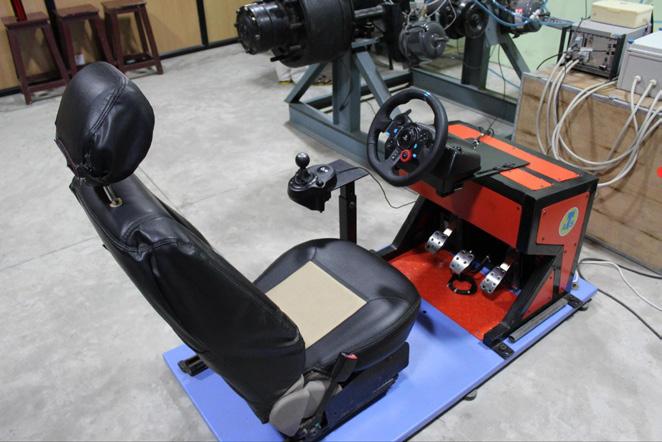

conventional mechanical valves. The present work includes the use of a virtual radar which does not recognize the type of vehicle itself, so the next extension is to have a lidar, a sensor capable of mapping the whole environment real time using a laser scanner and a camera, for vehicle detection. Algorithms for vehicle detection with lidar and camera have evolved. The lab is also looking forward to pursuing research in estimating the load on each Fig. 3: Simulation of a virtual truck mode of the wheel and developing custom control strategies for each of them. This research paves the path to many intelligent descendants of the current version of automobiles. Their higher autonomy would assist the drivers to take decisions much faster and effectively. Let us hope this harmony between man and machine would reduce the number of road accident fatalities in the future. The research group is working on developing dynamic system controllers and are tuning them for different scenarios, incorporating all the aspects of a typical Indian traffic setting. So, a system running solely with a collision warning system where a driver is responsible for corrective action would stand ineffective if no action is actually taken. How useful is it to detect a collision when the driver is not in a state to avoid it? The idea is to give some level of autonomy to the vehicle to take corrective action on its own itself when the driver is not in a state to respond. Here, a collision avoidance system along with a collision warning system will automatically take control over the system if the driver does not take any corrective action to prevent the impending collision. This is important while on a bus traveling at high speeds at night, with a possibly drowsy driver, who is not paying attention to obstacles in the course, manning it. This situation is more probable today with vehicles running at very higher speeds on our highways. Buses of yesteryears traveled at 40-60 km/h but now they travel at nearly 100 km/h on the same roads, raising questions of safety.


The Automotive Control Lab Research Group along with Dr. Shankar Ram.
Akhil Sathuluri (Author) Akhil can be found thinking about the next big upgrade to the imaginary robot he has never built. His interests keep changing with the seasons and currently wants to become an expert cook. He nevers says no to the one last round of online gaming. He’s a fourth year undergraduate from the Department of Engineering Design with his interest peaking at robotics and control and the rest distributed uniformly on anything from origami to graphic design. He wishes to complete building his robot one day.
Dr. C. S. Shankar Ram is currently an Associate Professor at the Department of Engineering Design, IIT Madras, since joining it as an Assistant Professor in 2006. He was awarded a Ph.D. from the Texas A&M University. His research interests include the fields of Dynamic Model-Based Analysis and Control of Vehicle Systems, Advanced Driver Assistive Systems and Hybrid and Electric Vehicles. He has also been working on transportation systems including traffic flow modeling and control.










